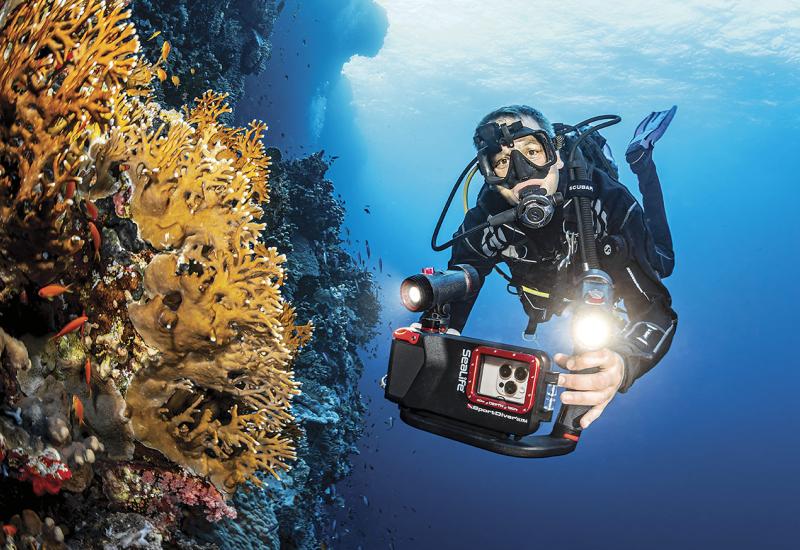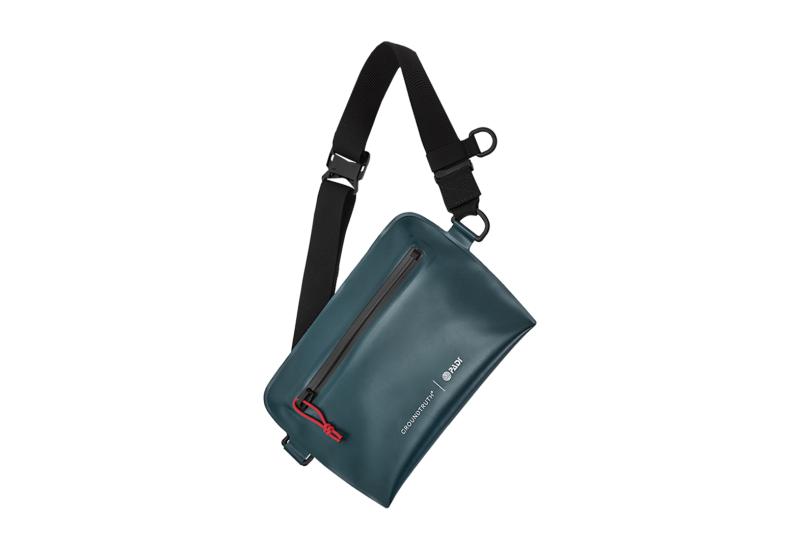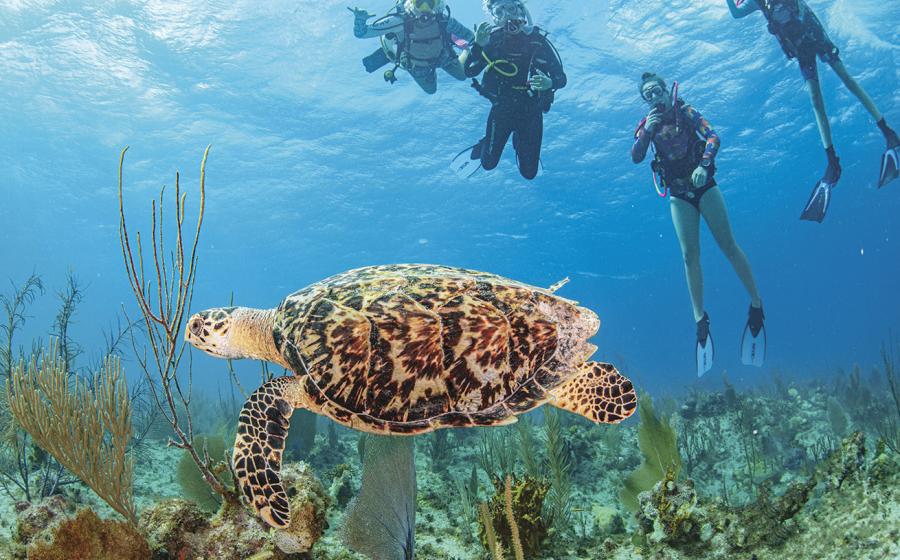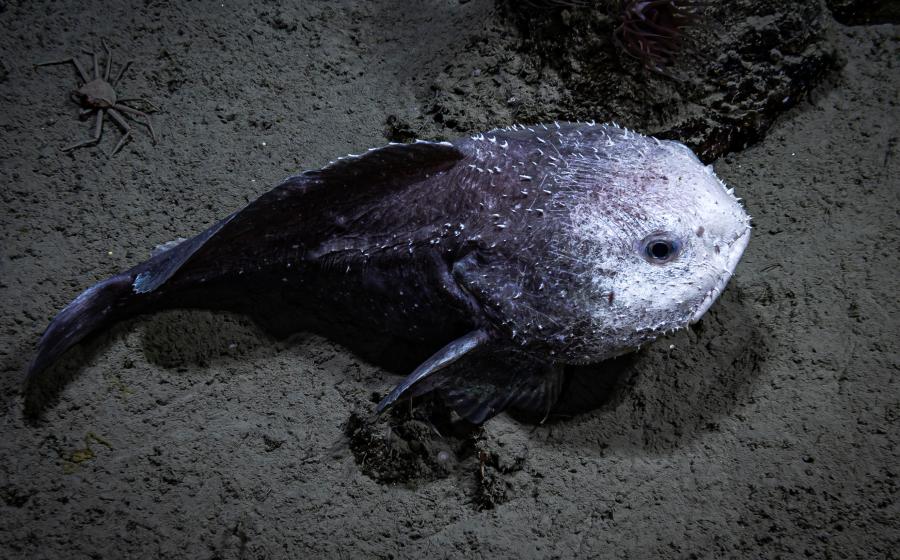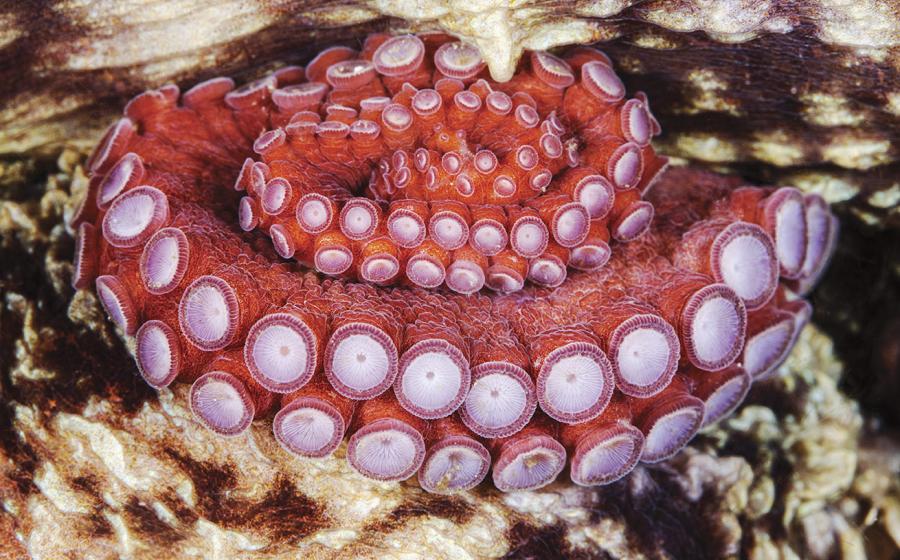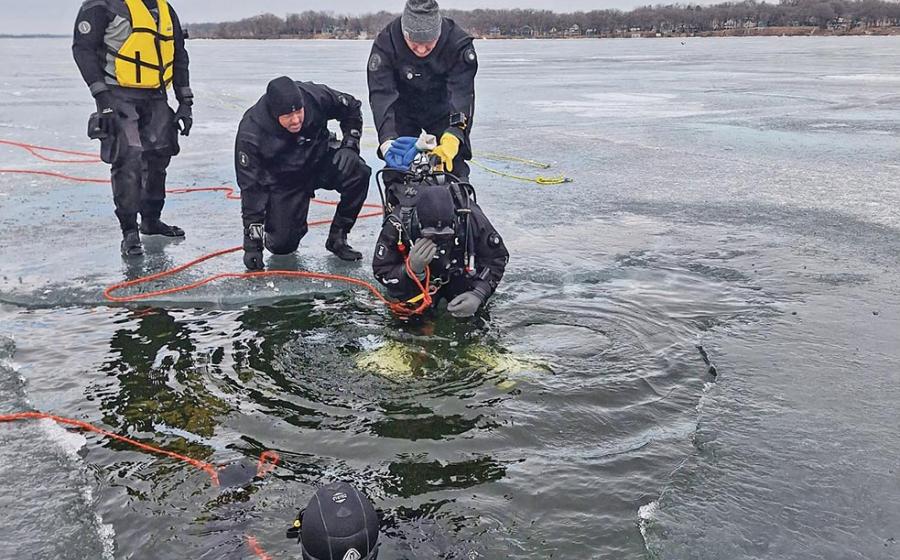Underwater Photography Tips And Tricks
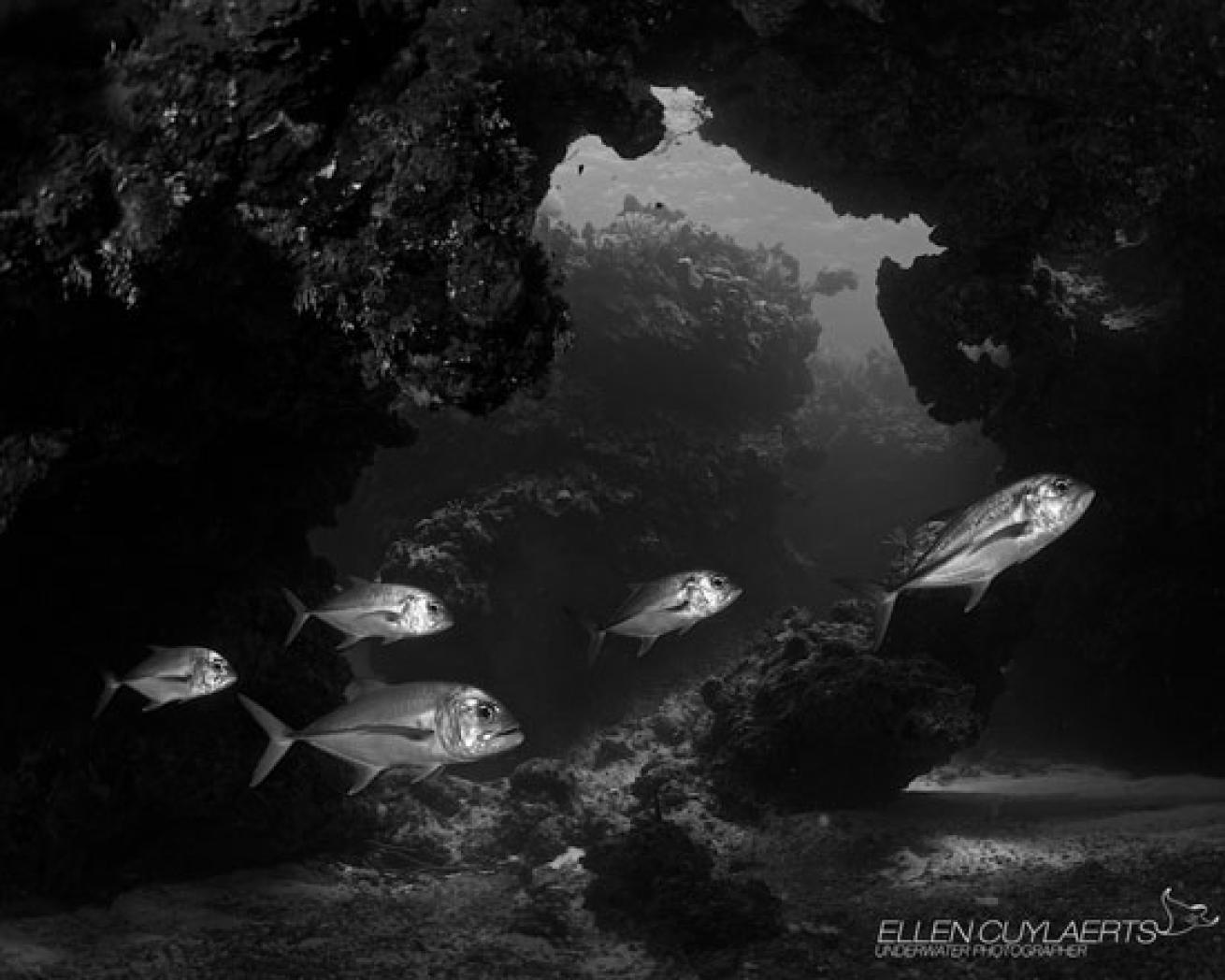
Ellen Cuylaerts
Few photographers hide their pictures in old folders. They either want to share them with friends and family, relive their encounters or use them for conservation and identification causes. Then there are the really ambitious photographers who participate in contests or try to get them published. No matter what you hope to achieve, the most important part is learning how to perfect your skills.
To achieve this, you need not only a good eye for composition but also the technical knowledge for settings, how best to judge your conditions, and how to use the natural and strobe lights
How do you learn this?
Experimenting is a great start. Then go through the pictures that failed and think about why and how the image didn’t turn out the way you expected. My go-to way to expand my skills: workshops and dedicated trips.
Since I like diving, photography and some “me-time,” one of my first dive trips was a mere 15 miles from home: Digital Madness 2012 photography workshop at Ocean Frontiers, East End, Grand Cayman. Armored with a new fisheye lens and dome, I took my new micro 4/3 EPL and had a great time despite challenging weather conditions. A world of wide angle photography opened up to me and in the far distance I started to see the possibilities these kinds of photos offered. Every little decision I made offered another dimension to the shot, another feel, another mood. The guidance and energy of our instructor, Alex Mustard, was priceless. The interaction with other photographers was inspirational. Another bonus: I made new overseas friendships.
I was a beginner, didn't know about lenses, filters nor geek talk, but I sucked it all in. Some valuable lessons soon became a second nature: Always take into account the presence and placement of the sun and clouds, backgrounds and composition. I experimented a lot. And through that process I realized Rome wasn't built in a day and this would be a long journey of learning and passion. (And it was fun.)
After my first lesson, I was lucky enough to go on some dedicated dive trips were I experienced the learning curve in new conditions and with creatures I've never photographed before. Searching the web and reading articles on diverse underwater photography websites helped me pave the path before each trip. Eventually I developed a list of questions and insecurities about skills I couldn’t seem to master. That’s when I found myself at another Digital Madness workshop last August.
The big advantage of these types of workshops is that they bring you to the best dive sites for particular skills. I was able to work on those skills over and over, review my pictures at night, ask questions about my struggles, get advice and ... shoot all over again the next day.
Underwater photography is an ongoing process. I’m already making my list of things I want to accomplish and challenges that I’m currently facing. I guess it’s time I sign up for the Digital Madness workshop 2014. I’m sure my list will be full by then.
Picture taken during Digital Madness 2013 with Alex Mustard at Ocean Frontiers.
'Welcome to my world' Nikon D800, Nikkor 16mm, YS-250, ISO320, f10, 1/125.



